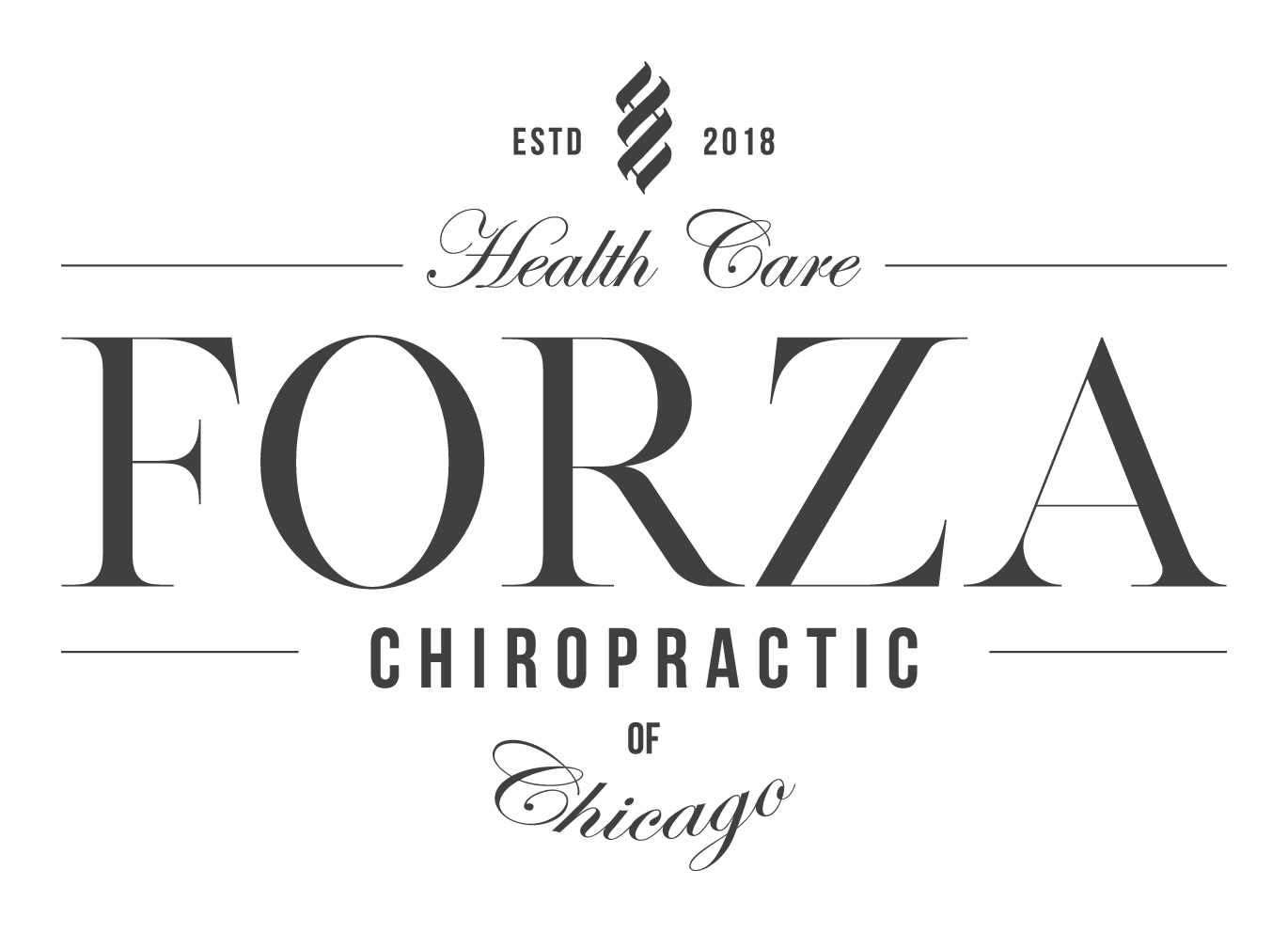
Schedule Online
Quick form sign-up for easy bookings.
New Patient Hub
Everything you need to know as a new patient.
Lawyer with Back Pain
Physical discomfort that affects the back, or column of the spine to be specific, is generally described as back pain (or backache). Back pain is one of the most prevalent medical problems, estimated to affect 50-80 percent of all individuals at some point in one’s life. It’s the main cause of disability among adults and the second most frequently cited reason for missing work behind the common cold.
Construction Worker with Neck Pain
Chiropractic care can be especially beneficial for construction workers who often face neck pain due to the physical demands of their job, including heavy lifting and repetitive motions. By aligning the spine and relieving tension in the muscles, chiropractic adjustments can reduce pain, increase range of motion, and enhance the body’s natural healing processes. Furthermore, chiropractors can offer personalized advice on ergonomics and exercises tailored to prevent future injuries, helping construction workers maintain their health and continue performing their demanding tasks with reduced risk of neck pain.
Corporate Employee with Migraines and Headaches
For corporate office employees who sit all day, chiropractic care offers a significant relief for migraines and headaches by correcting spinal misalignments and improving posture, thus reducing nerve irritation and muscle tension. Through personalized adjustments and ergonomic guidance, chiropractors help alleviate the frequency and severity of headaches, fostering a more comfortable and productive work life.
Frequent Flyer needs Wellness Adjustments
For individuals who frequently travel for work, chiropractic care can be a crucial remedy for alleviating the stress and discomfort caused by long periods of sitting and carrying luggage, which often trigger headaches and migraines. By adjusting the spine and relieving muscle tension, chiropractic treatments can reduce the occurrence of headaches, improve overall posture, and enhance mobility, making travel more comfortable and less taxing on the body.
Athlete needs Decompression
For athletes, spinal decompression through chiropractic care is essential for alleviating the strain of intense physical activity, mitigating pain, and enhancing recovery by gently stretching the spine to relieve disc pressure. This targeted treatment aids in healing, improves performance, and helps prevent future injuries, allowing athletes to maintain their peak physical condition.
